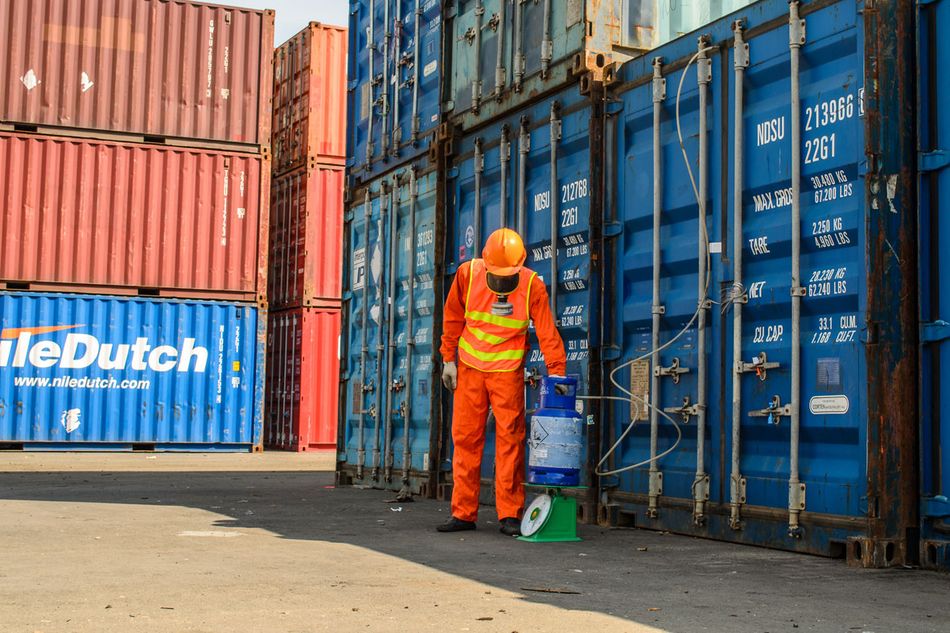Protecting Containers from Rodents and Insects During Long-Term Storage

Shipping containers are often used for long-term storage of goods, equipment, or personal items. Despite their robust structure, containers are not fully protected from pests — rodents and insects. Their presence can lead to damage of contents, spoiled packaging, and violations of hygiene standards. In this article, we explore effective methods to protect containers from pests during storage.
Why It Matters
Rodents such as rats and mice can enter containers through small gaps or ventilation holes. They chew through soft materials, packaging, and even wires. Insects like cockroaches, moths, and termites are especially dangerous when storing textiles, paper, wood, or food.
Damage caused by pests results in financial losses and risks of product contamination — a serious issue in international shipping and long-term storage.
Vulnerable Points in a Container
To organize proper protection, it's important to identify common entry points:
- Ventilation openings — essential for airflow but often unprotected by mesh.
- Door seals and gaskets — worn or damaged rubber can leave gaps.
- Corrosion damage — rust holes in the floor or walls.
- Contaminated cargo — pests can enter the container along with goods.
Preventive Measures
-
Inspect the container before use
Check for cracks, holes, rust, or damaged seals. Seal any gaps to ensure airtightness.
-
Install mesh on ventilation holes
Fine metal or plastic mesh prevents entry while preserving airflow.
-
Choose a proper storage location
Place containers on dry, solid ground, away from vegetation, trash, and standing water to reduce pest attraction.
-
Use repellents and traps
Ultrasonic repellents, sticky traps, fumigants, or granular pest control products can be effective. Always follow product instructions and consider cargo type.
-
Ensure secure sealing and access control
Doors must close tightly and locks should be intact. Temporary sealing strips can be added if the container won't be opened for long.
Treating the Cargo
If you're storing goods such as textiles, food, or wooden items:
- Pre-treat the cargo with insecticides.
- Pack in airtight containers or bags.
- Use moisture absorbers to prevent humidity, which encourages insect activity.
Routine Inspection
Even with proper precautions, it's recommended to inspect the container monthly. If signs of pests are found (droppings, odor, food remains), take immediate action: apply pest control and check structural integrity.


